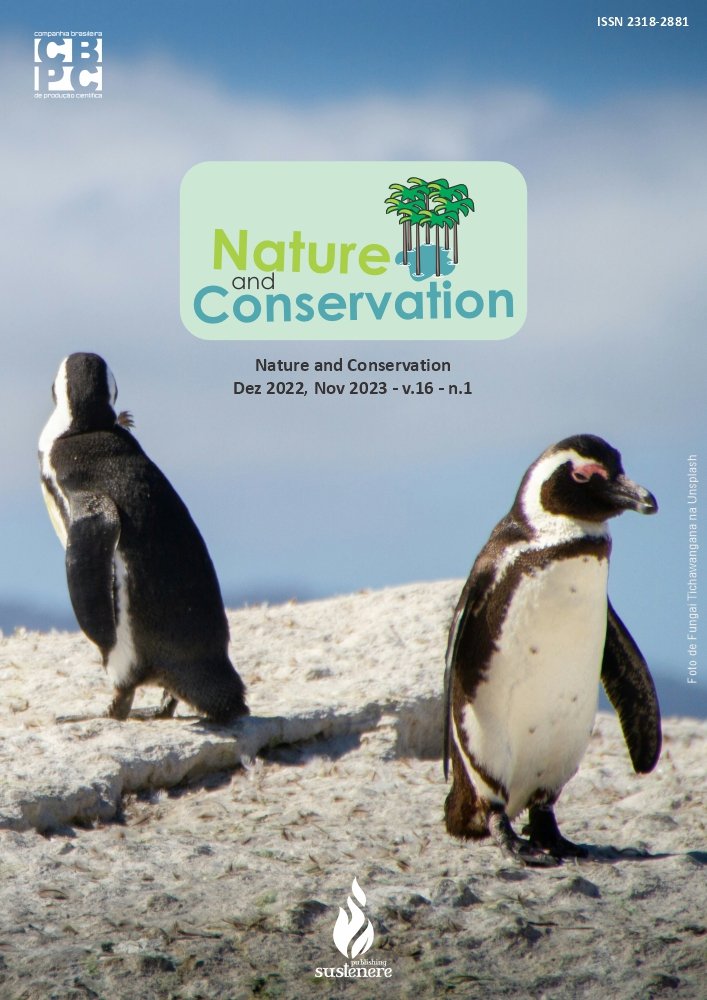Modeling of leachate and compounds generated in a controlled landfill drainage system in Macapá/Brazil
DOI:
https://doi.org/10.6008/CBPC2179-6858.2021.008.0045Keywords:
Leachate, Drainage arrangements, Modeling, Compounds generationAbstract
In Brazil, sanitary landfills (LF) present a significant and historical implementation deficit. Recently, by legal imposition, LF projects have been required to overcome the serious scenario of inadequate solid waste disposal in municipalities. In the Brazilian Amazon, conception and operation studies based on the analysis of relevant physical, chemical and biological variables are still rare. However, despite the scarcity of data on LF in the Amazon, recent scientific advances in computer modeling and simulation can be useful to approach the problem from new perspectives, for instance, from the analysis and optimization of processes applicable in LF projects (Vp) and operation. In the present research, LF leachates were analyzed in the city of Macapá/Brazil, using multiple models and systems analysis (MODUELO). Systematic analyzes of the relevant Controlled Landfill (LFC) design and operation parameters were carried out through mass and energy balances using local data and common parameters applied in similar cases in the literature. In the second stage, we statistically tested three simulated scenarios about the complex system of leachate flows Qg and its potential impacts on the LF and its surroundings. Besides, three different reference piping arrangements were used in Vp to evaluate responses of their respective leachate volumes (Qg) and concentrations of physicochemical and biological compounds (p<0.05). But the comparative Qg results were not significant for the different geometric arrangements of pipes proposed under the hydrological influence of a typical climatic year (p>0.05), suggesting a high similarity of Qg in these scenarios. We conclude that the hypothesis of independence of the geometric arrangement of the pipes on Qg and concentration of produced compounds was confirmed. Therefore, the proposed simulation method can be recommended for similar analyses, suggesting that multiple scenarios are potentially replicable in atual and future designing projects in the Amazon.
Downloads
Downloads
Published
Issue
Section
License
Copyright (c) 2021 Ibero-American Journal of Environmental Sciences

This work is licensed under a Creative Commons Attribution-NonCommercial-NoDerivatives 4.0 International License.
The CBPC - Companhia Brasileira de Produção Científica (Brazil CNPJ: 11.221.422/0001-03) the material rights of the published works. The rights relate to the publication of the work anywhere in the world, including rights to renewals, expansions and dissemination of the contribution, as well as other subsidiary rights. All electronically published works may subsequently be published in printed collections under the coordination of this company and / or its partners. The authors preserve the copyright, but are not allowed to publish the contribution in another medium, printed or digital, in Portuguese or in translation.









